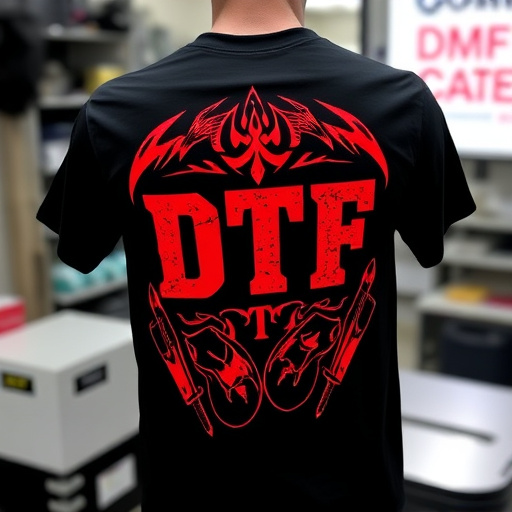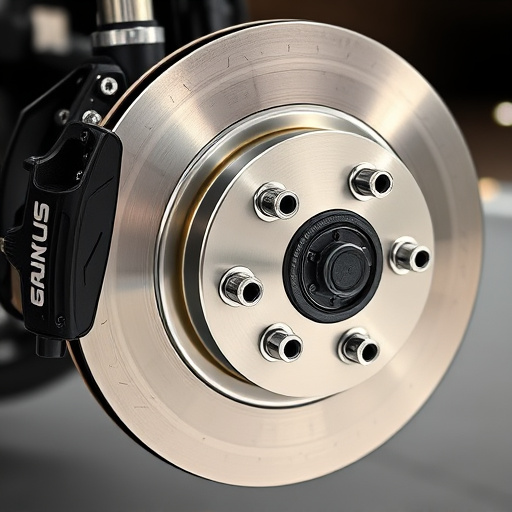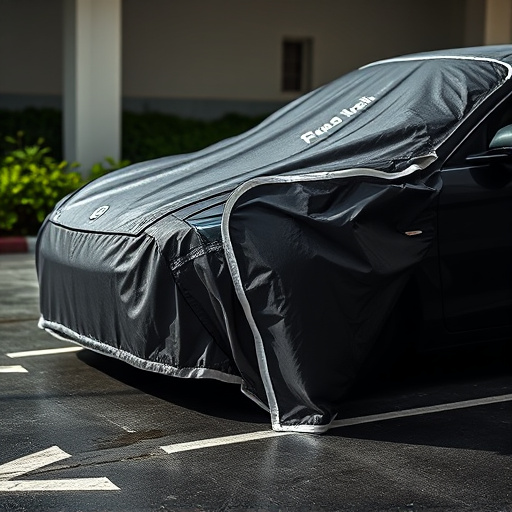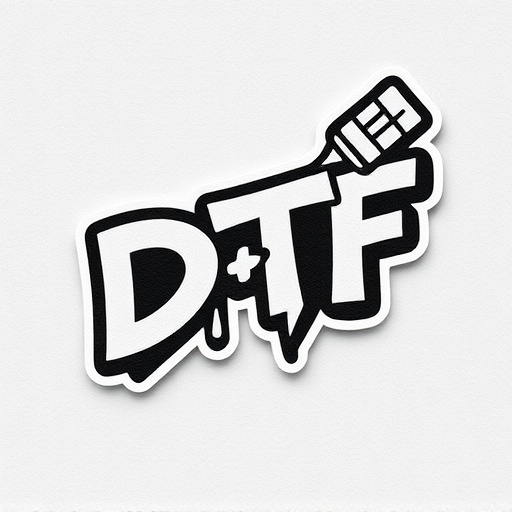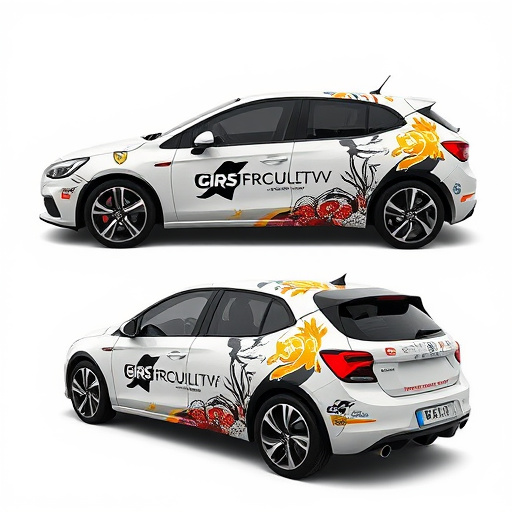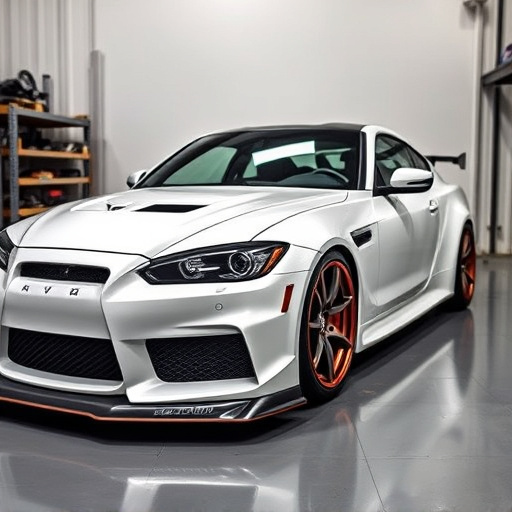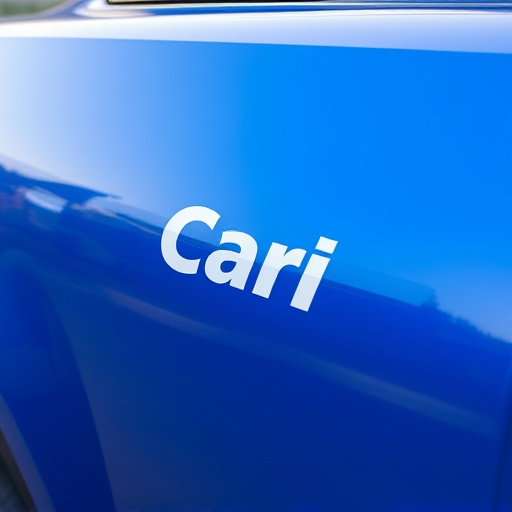Typography is an art form that uses words as visual elements to engage customers, enhancing storefront design like vehicle wraps or tinting. It's not just about font choice but psychological impact, spatial relationships, and color interactions. Effective typography guides eyes, conveys brand identity, and influences purchasing decisions by resonating with the target audience. In storefront graphics, best practices include concise text, strategic heading placement, and bolder headlines alongside body text. Success is measured by customer engagement, sales, and a positive impression, balancing aesthetics and brand identity to captivate passersby.
Typography is an essential element driving the success of storefront graphics. Effective visual communication through text can significantly enhance brand visibility and customer engagement. This article explores the art of typography, offering practical tips on its application in storefront design. We delve into best practices and metrics to measure impact, guiding you to create captivating graphics that attract and convert shoppers. Unlock the power of words and type to elevate your storefront’s visual appeal and drive sales.
- Understanding Typography: The Art of Visual Communication
- Applying Typography in Storefront Graphics: Best Practices
- Measuring Success: Impact and Considerations for Storefront Design
Understanding Typography: The Art of Visual Communication
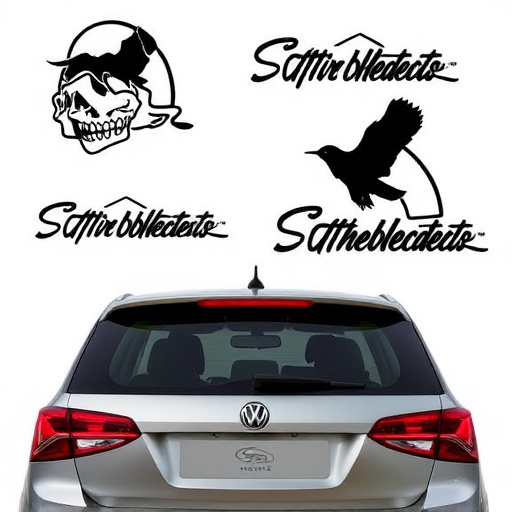
Typography is an art that transforms words into visual elements, playing a pivotal role in how we perceive and engage with storefront graphics. It’s more than just font choice; it involves understanding the psychological impact of different typefaces, their spatial relationships, and how they interact with colors and designs. Effective typography can capture attention, convey brand identity, and guide customers’ eyes towards key messages or products.
In the context of storefronts, vehicle enhancement, and car customization, typography becomes a powerful tool to create impactful visual statements. Whether it’s on a vibrant vehicle wrap or a carefully designed sign, the right typographic choices can instantly communicate a brand’s essence, attract attention in a bustling marketplace, and even influence purchasing decisions. It’s about telling a story through letters and words, making sure that message resonates with the target audience.
Applying Typography in Storefront Graphics: Best Practices
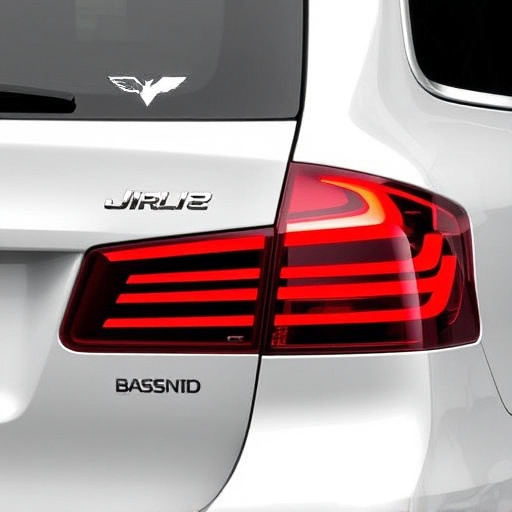
When designing storefront graphics, typography plays a pivotal role in capturing attention and conveying brand messages effectively. The choice of fonts, sizes, and arrangements can significantly impact how customers perceive your business. Opt for clear, legible fonts that align with your brand identity to ensure your message is instantly recognizable. Avoid using too many different styles or excessive decorations, as this might create visual clutter and detract from the overall impact.
Best practices in applying typography include keeping text concise and easy to read from a distance. Use headings and subheadings strategically to guide the eye and emphasize important information. For storefronts, consider employing bolder fonts for headlines to draw attention, while body text can be more subtle to ensure readability. Integrating these principles seamlessly will enhance the aesthetics of your graphics, fostering a professional look that complements services like automotive detailing and vehicle protection, ultimately contributing to a successful storefront presentation.
Measuring Success: Impact and Considerations for Storefront Design
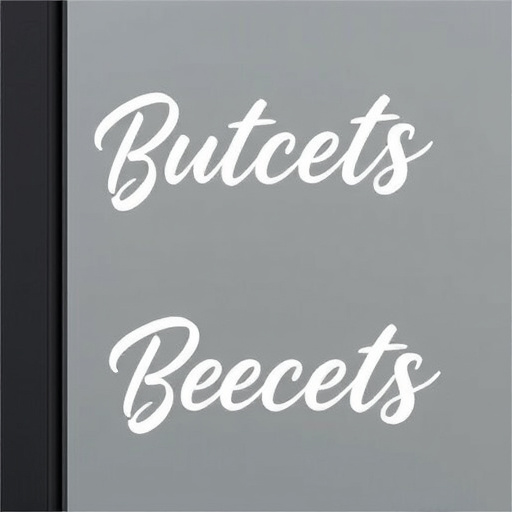
Measuring success in storefront design is a multifaceted endeavor, as it goes beyond mere aesthetics to encompass the impact on customer engagement and sales. Well-designed storefront graphics, whether featuring eye-catching window tinting or striking custom vehicle wraps, should not only captivate passersby but also convey brand identity effectively. The ultimate goal is to entice customers to enter the store and ultimately make a purchase.
Key considerations include the balance between text and imagery, color psychology, and legibility of signage. High-quality finishes on graphics can enhance the overall look and feel of the storefront, making it more inviting. By aligning design elements with the target audience and brand messaging, successful storefronts create a positive impression that resonates with potential customers, ultimately driving sales and fostering brand loyalty.
Typography plays a pivotal role in the success of storefront graphics, acting as the visual heart that connects brands with customers. By understanding and applying best practices, retailers can enhance their signage, attract attention, and communicate key messages effectively. Measuring success through impact and considering design elements ensures storefronts become powerful marketing tools, driving foot traffic and boosting sales. Incorporating thoughtful typography is a game-changer for any business aiming to make its mark in the competitive retail landscape.


